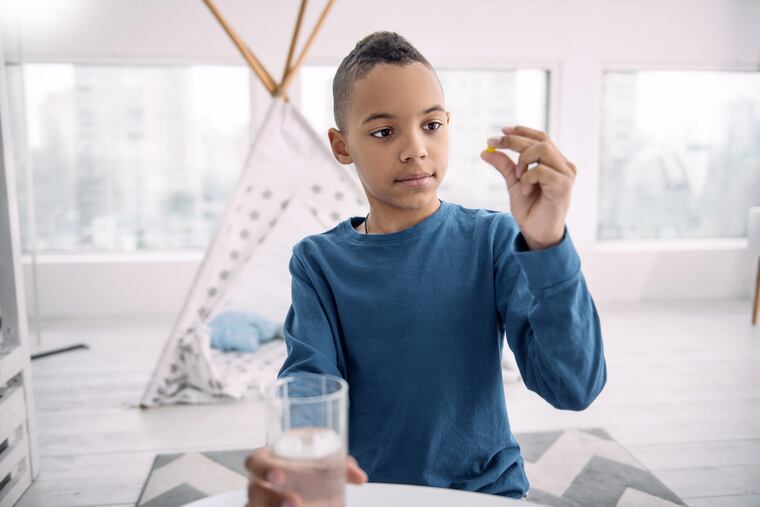Childhood ADHD soared in recent years, Blue Cross study finds. But what about treatment?
The Greater Philadelphia area, including South Jersey and Delaware, saw a 33 percent increase. The national increase was 31 percent.

The rate of commercially insured children diagnosed with ADHD climbed 32 percent in Pennsylvania and 25 percent in New Jersey in less than 10 years, according to a new study by the Blue Cross Blue Shield Association.
The Greater Philadelphia area, including South Jersey and Delaware, saw a 33 percent increase. The national increase was 31 percent.
Yet many of these young people don’t appear to be getting optimal care, according to the report’s findings.
The largest share of the youngsters were treated only with medication, rather than behavioral therapy and medication, the combination recommended by child-care experts.
The study, released Thursday, is the latest in more than 20 overviews of major health conditions by Blue Cross Blue Shield, the insurer of one in three Americans with commercial health coverage. Based on member health insurance claims, the report focuses on treatment and diagnosis of ADHD among children ages 2 to 18 from 2010 to 2017.
“All of this information helps us to understand there is a larger problem out there,” said Ginny Calega, vice president of medical affairs for Independence Blue Cross. “It helps to encourage conversations between providers and parents of children who may be exhibiting symptoms so we can get the help to those kids who need the help.”
Nationally, nearly 50 percent of the children received medication treatment alone, 12 percent had only behavioral therapy, 27 percent got both and 9 percent got no treatment.
In New Jersey, over 39 percent received only medication, 15 percent got only behavioral therapy, 26 percent got both treatments, and about 20 percent got no treatment. Among Pennsylvania children, over 43 percent got only medication, 15 percent had behavioral therapy alone, 33 percent got both therapies, 9 percent got none.
Overall, the trend appeared to be slowly turning away from a heavy reliance on medication alone, but the report’s findings show room for improvement.
The report also found that 40 percent of the children with ADHD had at least one other behavioral health, psychological or neurodevelopmental disorder, such as anxiety, depression, a learning disability, autism spectrum disorder, or a disruptive behavior disorder.
Boys were diagnosed with ADHD at twice the rate of girls. Middle schoolers (ages 11 to 13) had the highest diagnosis rate – 9 percent — compared with about 7 percent for elementary schoolers (ages 6 to 10) and high schoolers (ages 14 to 18) and 1 percent for preschoolers (ages 2 to 5).
Blue Cross researchers rated ADHD’s adverse impact on youngsters as second only to major psychological disorders like schizophrenia, eating and personality disorders, hysteria, and other mental-health conditions.